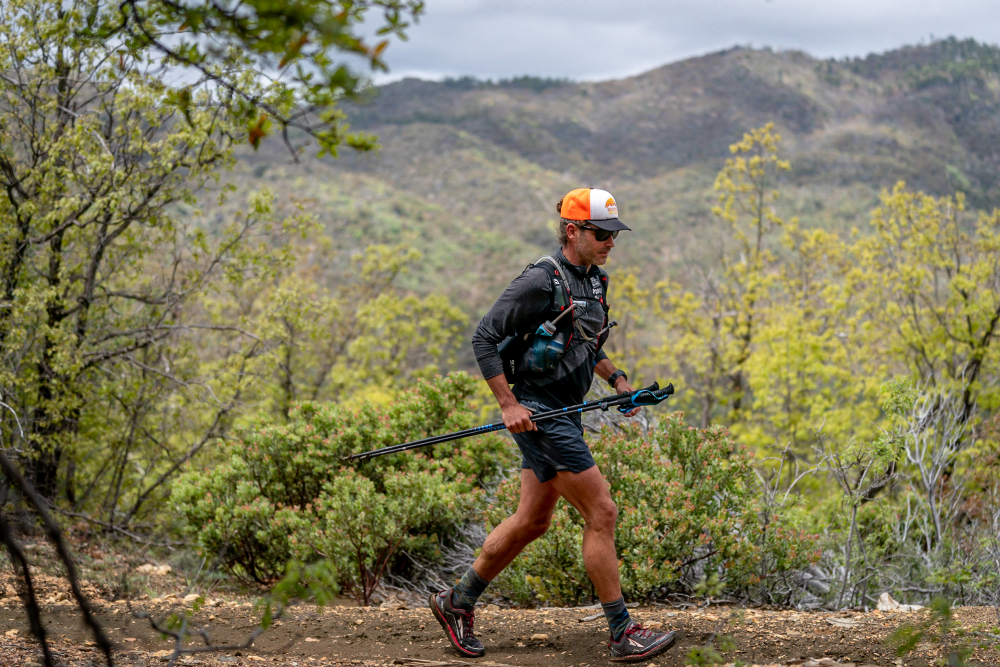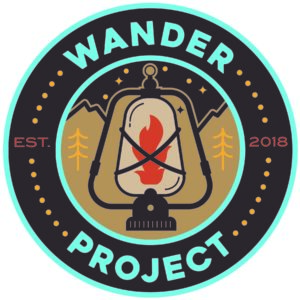The distance is long. The course is steep and rugged. It will be hot and cold. That pretty much sums it up. It is probably a good idea to put in a little training before May.
Official Training Run presented by Kahtoola
The first 37 miles of the course is arguably the hardest of the entire race. Come join us for a training run on this section on April 6th, 2024. Thank you, Kahtoola, for providing each Training Run runner with a pair of gaiters and for donating $50/Training Run runner to Wilderness Volunteers (the race non-profit partner). Registration for this training run and additional details can be found HERE.
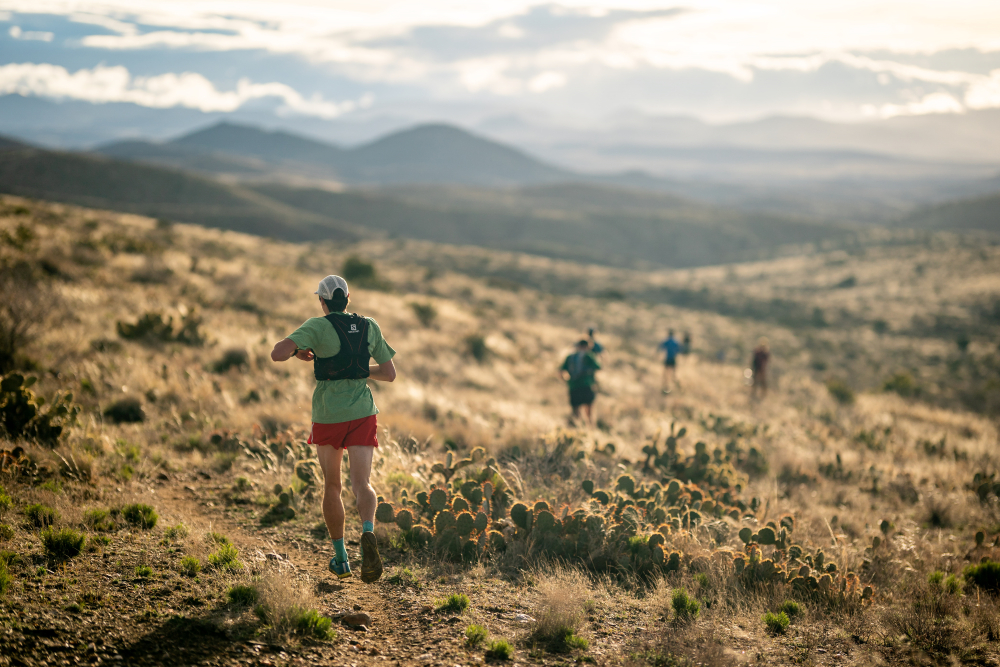
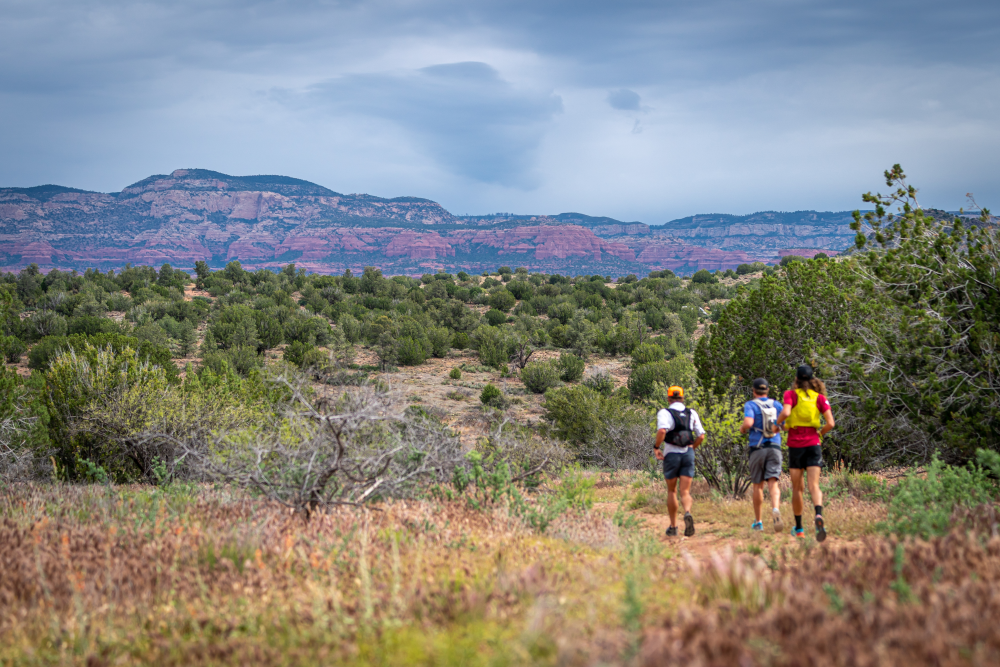
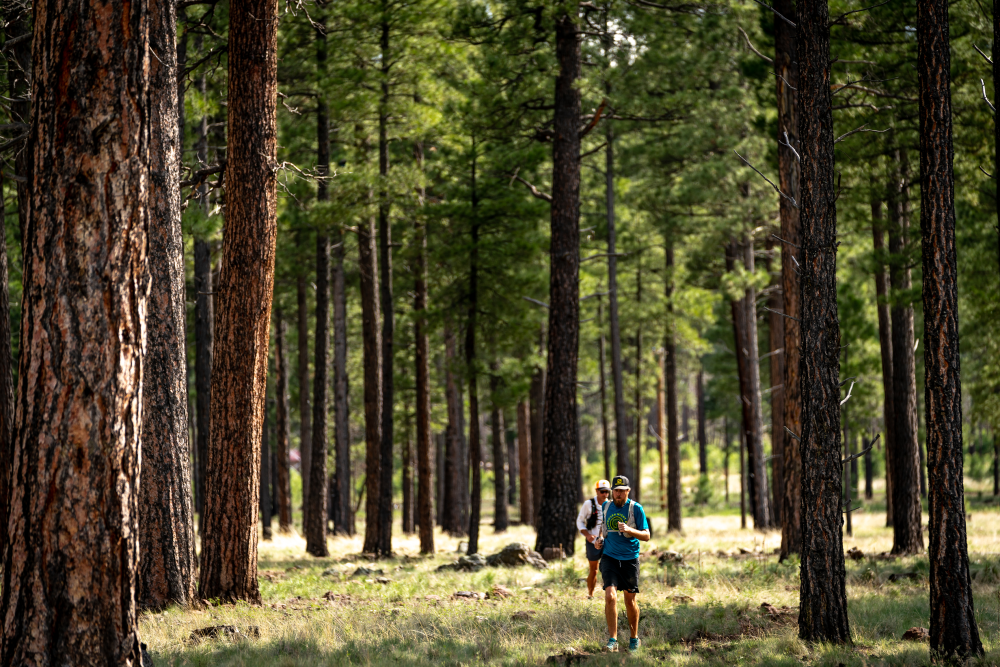
Official Training and Coaching Partner
We are happy to partner with Sundog Running, the official training and coaching partner of Cocodona. Every runner is unique, which is why Sundog only provides custom training plans, specifically tailored to each athlete. Whether you’re a beginner, elite, or find yourself somewhere in between, Sundog wants to work with you. They prioritize individualized training, close communication, and thorough race planning. Sundog Running offers local knowledge of the Cocodona course. Based in Flagstaff, Arizona, their coaches have successfully completed the Cocodona 250 and Sedona 125 events as well as coached runners to the Cocodona finish line. Find them at sundogrunning.com.
Coaching options:
- The YOUR (Your Own Ultimate Running) Plan ($15/week). The most hands off option. Your coach builds your customized plan in its entirety based on your experience level and goals—then you’re on your own to carry it out.
- Coaching Advisor ($125/month) – You work closely with your coach and communicate once a week.
- Personal Coaching ($175/month) – The most hands-on option. You work closely with your coach and communicate with unlimited availability.
- Strength Training ($60/month) – Customized run-specific strength coaching building you into a stronger, injury-proof athlete.
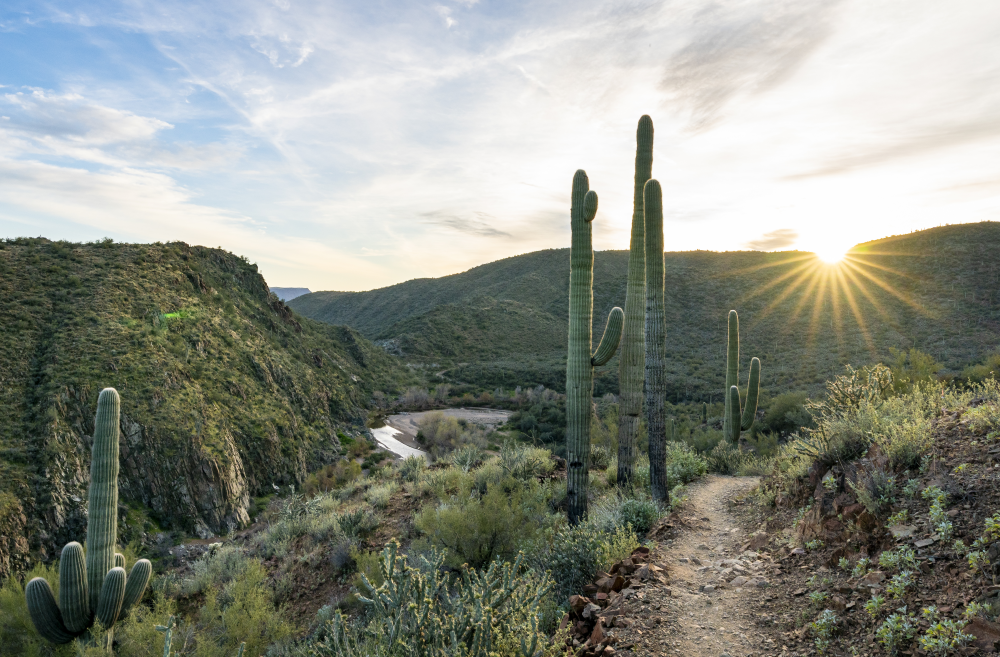


Heat Training
The race is in the desert and it will get hot during the day. Arizona typically has very low humidity, so your sweat will evaporate quickly. Remember to drink even if you don’t feel like you are sweating. There are sections with absolutely no shade or tree cover. Heat, dehydration, and hyponatremia can take a huge toll on runners who are unprepared. Train in the heat if you can. If you can’t, set up a plan to keep cool. Experiment with sun hats, long sleeve shirts, sun sleeves, and sun gloves. In addition, make sure you have your pack dialed in to carry the required gear, including enough salts and fluid capacity.
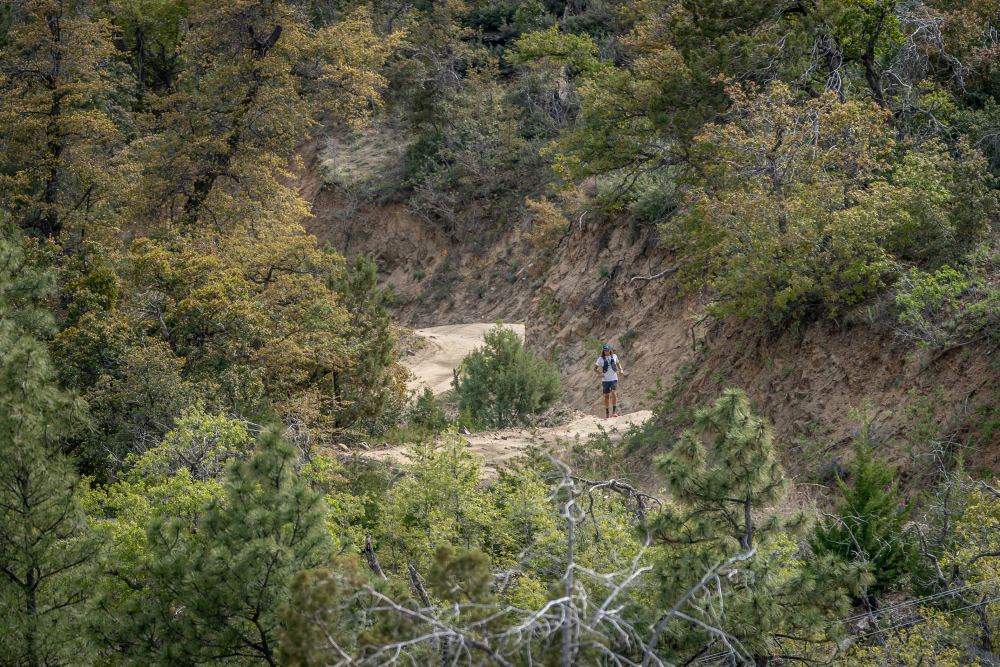

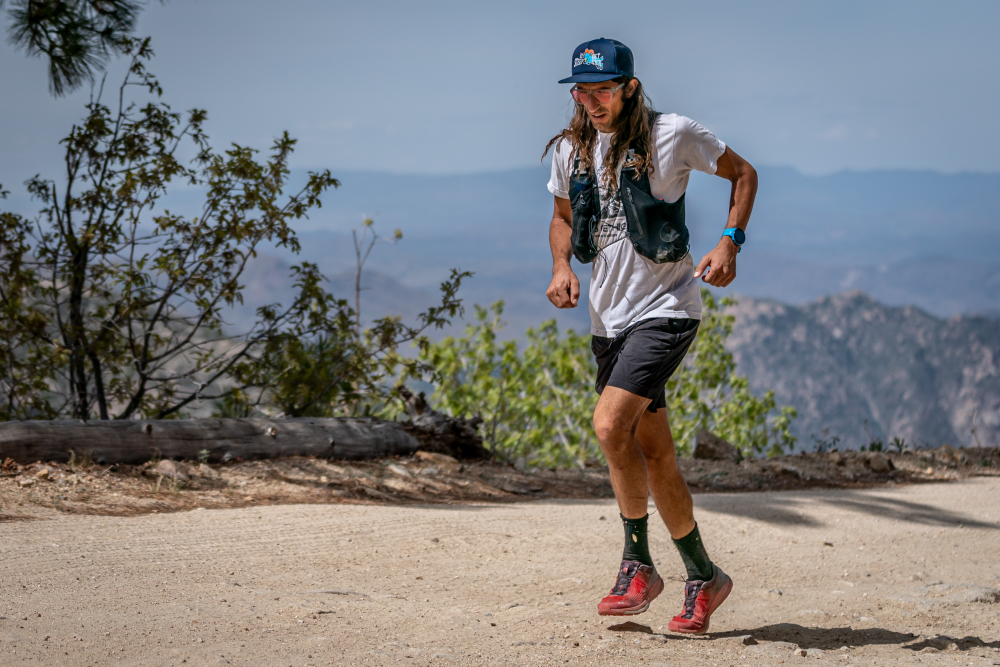
Terrain
Some sections of the course are butter smooth single-track. Other sections are barely paths at all but more resemble rocky riverbeds or eroded ravines. It is beautiful and it is rugged. Prepare for this by training on rocky terrain wherever you can. You will also be running through several sandy washes. We would suggest training in sand to see how your pace and feet hold up. Kahtoola gaiters are highly recommended.
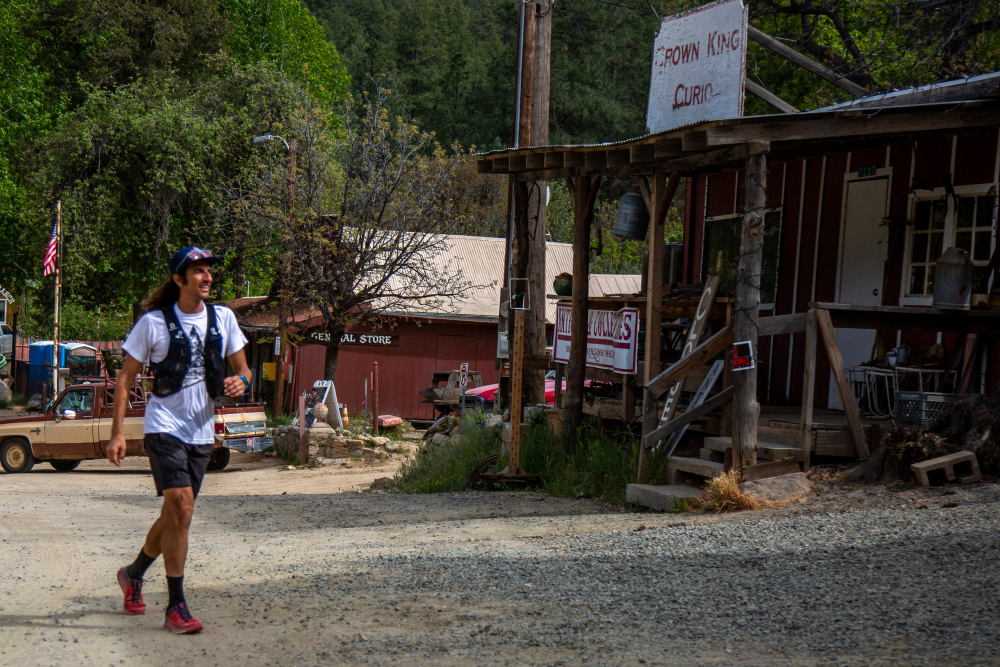


Slow It Down
Keep it at an easy pace, especially early in the race. Walk the uphills. The more Long Slow Distance training you can do the better. And yes, long hiking days are great training.
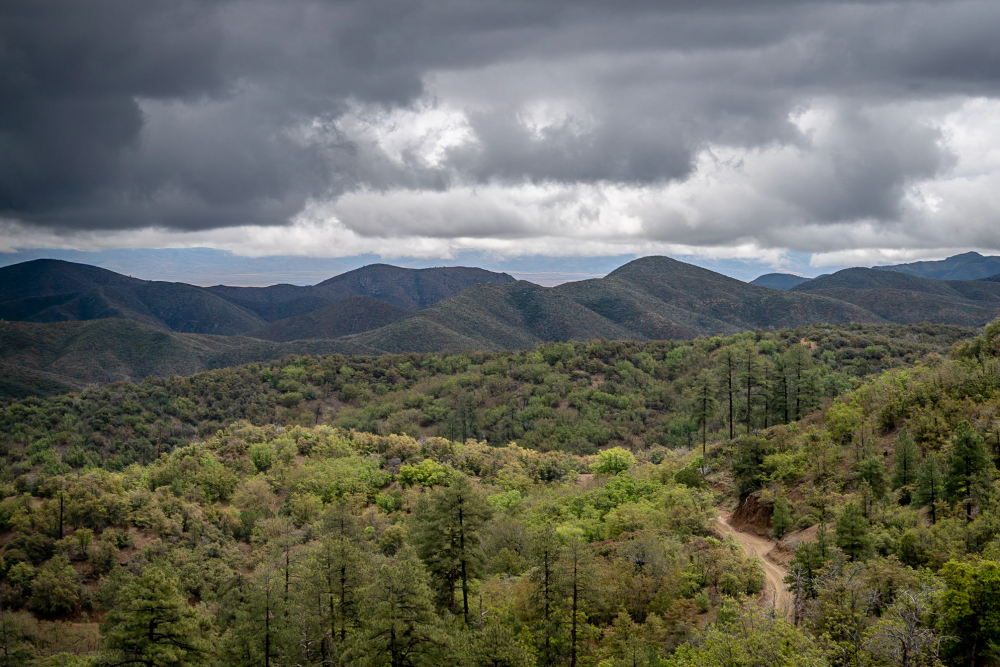

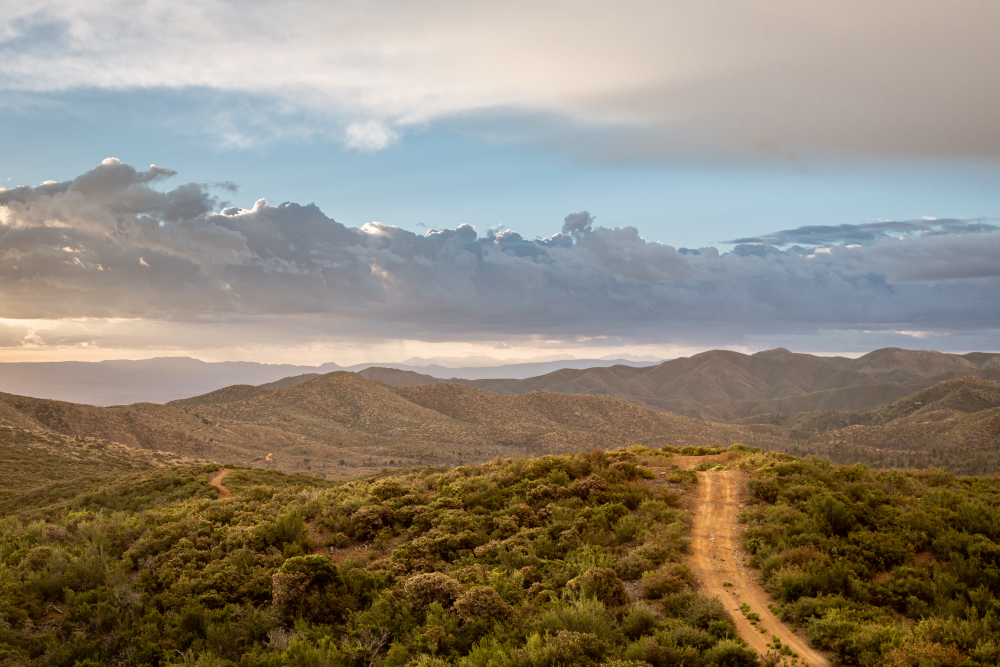
Multi-Day
The 200+ mile distance is all about multi-day. We recommend a few trainings blocks of 3-4 days with 25-40 miles/day.
